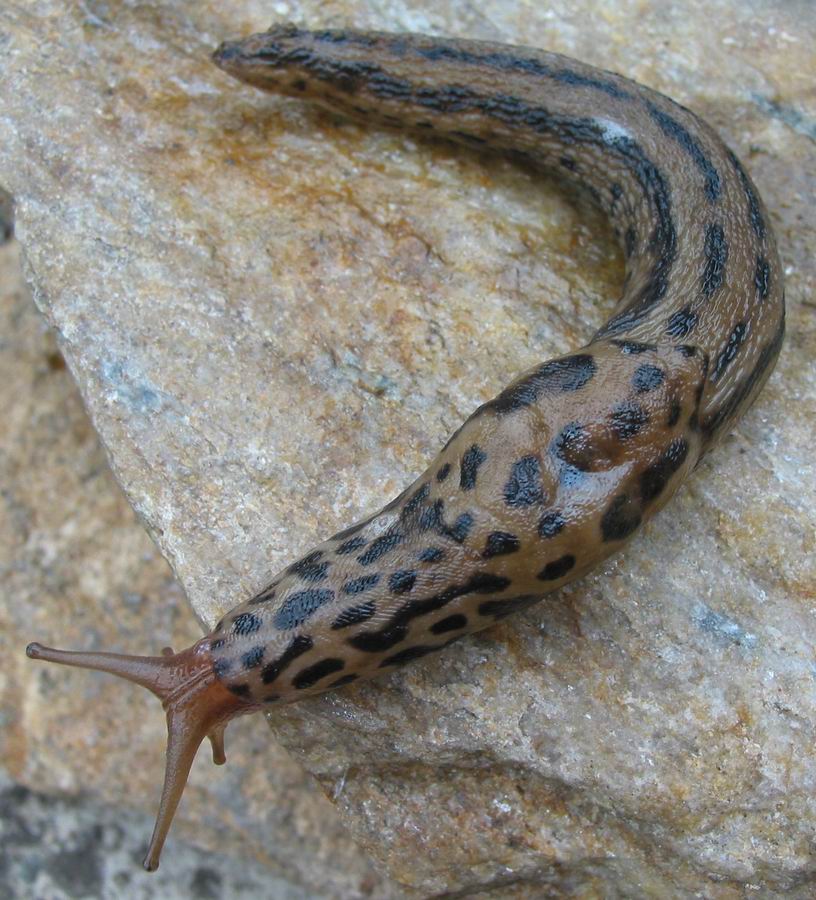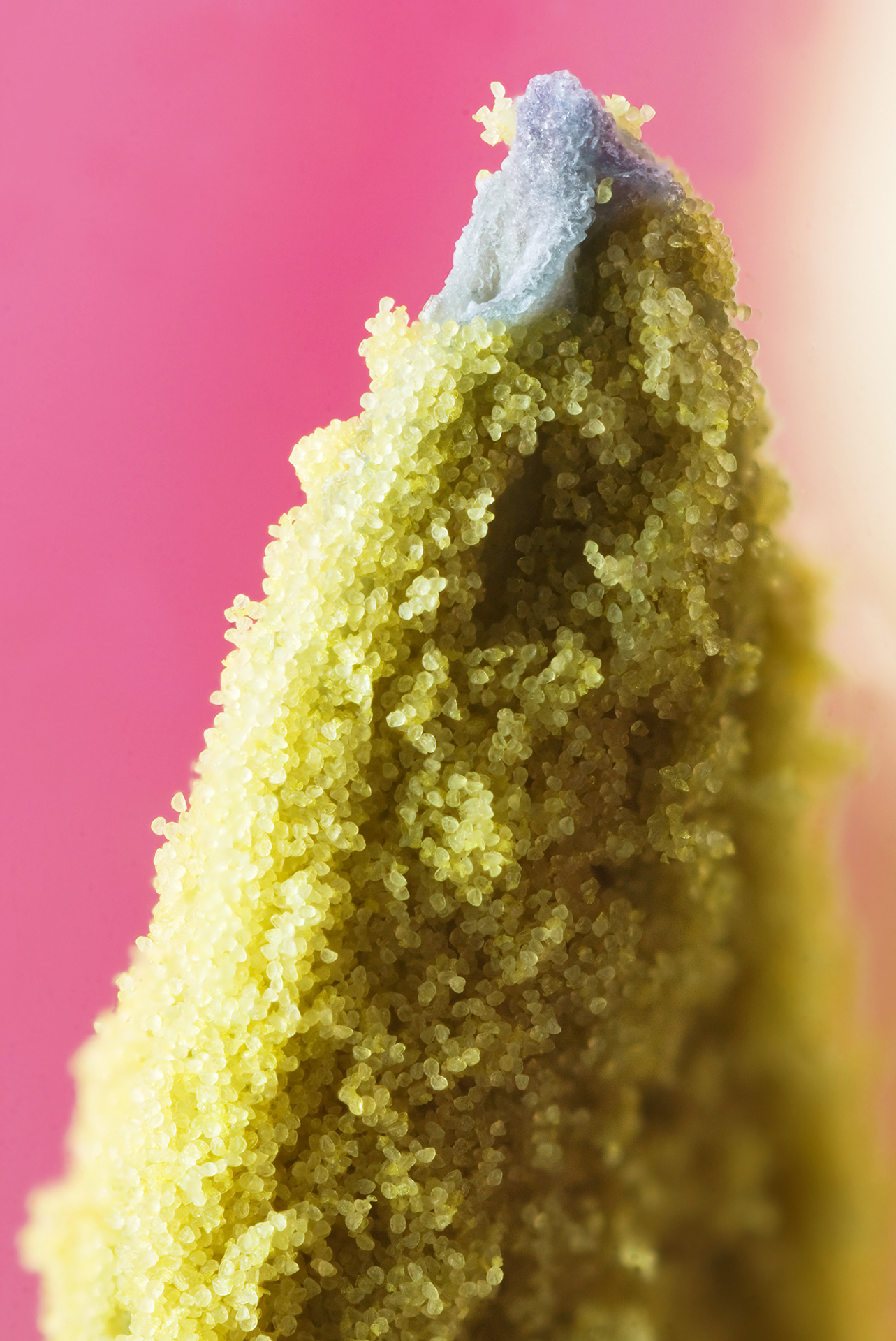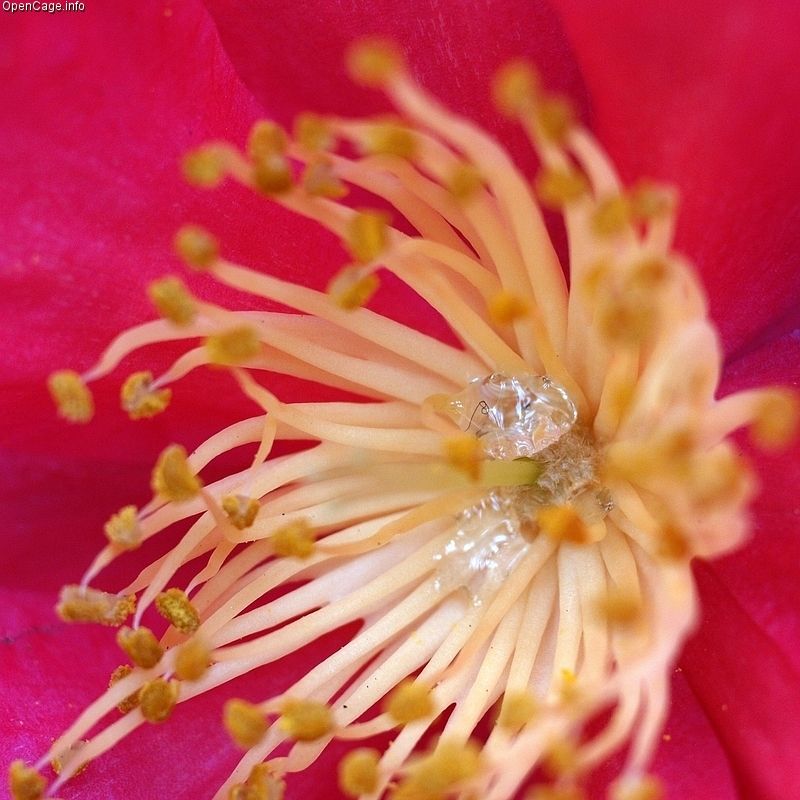Nutrition
The Photinus marginellus are primarily carnivorous. The larvae stage of the firefly eats on snails, slugs and worms (Fig 1), but the Photinus marginellus usually feed off pollen and nectar (Pfeiffer, 2009), therefore creating a symbiotic relationship between the plant and organism. The firefly carries the pollen from one plant to another, while the firefly is able to receive food out of the deal. Aside from pollen and nectar (Fig 2), the female Photinus marginellus primarily get their food via nuptial gifts from the male (Cratsley, 2004). These nuptial gifts are full of nutrients that are very beneficial to the female, and are received through intercourse. Although the firefly can obtain a mutual symbiotic relationship with plants, and through the same Photinus species, it can also have predatory/prey relationships with other organisms, where the Photinus marginellus is actually mimicked by another species called Photuris (Eisner, et al., 1997).
Figure 1. The foods that Photinus marginellus eat at the larval stage wich include snails, slugs and worms.
Figure 2. Depicts the foods that Photinus marginellus eat as an adult are nectar, pollen, nuptial gifts, or sometimes nothing at all.
The nutrition of the Photinus marginellus is essential through the developing stages of the organism. The need for essential nutrition begins at the reproduction stage when the Photinus marginellus female receives the nuptial gifts from the male upon intercourse. These nuptial gifts allow for the proper nutrients for survival of the female firefly, and the larva. The larval stage of the firefly also requires proper nutrition to continue to grow throughout its indirect life cycle phases, and to develop into an adult firefly.



